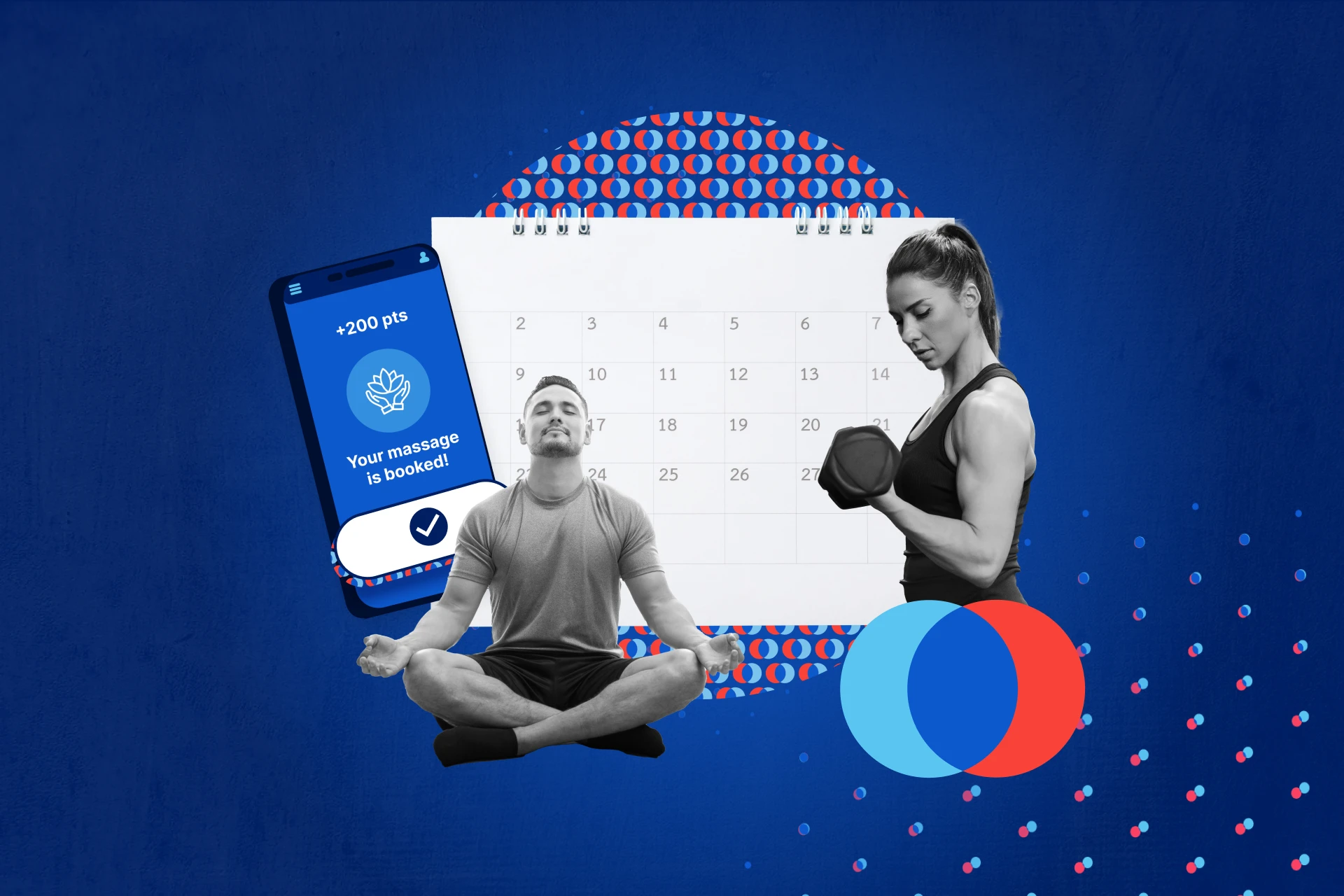Humans are creatures of habit: we rely on our routines to balance our professional and personal lives in order to achieve our daily goals. To design a mobile loyalty app that your users will choose time and again, it must naturally integrate into their routine while meeting a need.
Whether you already have a loyalty mobile app or not, it’s always beneficial to revisit the actual value it brings to your members. After establishing a strong emotional connection with your customer, you’re in a better position to understand their reality and create a product that is usable, useful, and frequently used. The next step in developing an engaging loyalty program is to identify the customer’s fundamental needs.
"The key is to successfully link customer transactions or interactions with the brand to their daily rituals. Knowing their habits, expectations, and preferences is crucial."
By understanding the daily lives of your clients, we can better design app features that meet one or more needs of your users within the context of their routine, thereby adding value at a key moment of their day. We can even begin to think of ways to encourage the customer to adopt new habits aligned with the business objectives of your brand, once the relationship and trust are established.
Sustaining loyalty is even more challenging today in a context where the abundance of choices makes consumers fickle. After all, the average Canadian has 15 loyalty cards in their wallet but actively uses only half of them.

By switching from a physical points card to a digital card on an app, your business leverages a powerful tool with nearly endless engagement possibilities. A mobile app is the ideal interaction medium since it is always at hand. “But our phone also significantly reduces our attention span. Therefore, it’s crucial to quickly demonstrate the added value of the loyalty program to the user to prevent them from considering deleting it,” notes Stéphanie Mercier, Digital Strategist at nventive.
Case Study: From Occasional Visits to Full Adoption
Sasha, owner of a chain of gyms, approaches us to revitalize their loyalty program. Their program, established several years ago, allows customers to accumulate points with each visit, but the redemption rate is low, communication about the program is insufficient, and many customers aren’t even aware the program exists. It can thus be concluded that, unfortunately, the program is not perceived as relevant by their customers.
The company must then reevaluate its program through the eyes of the customer and ask: is earning points motivating enough? Are the rewards attractive and easily accessible?
The proximity of the customer’s phone should serve as a bridge between them and the brand. Sasha might consider integrating features that reflect the existing behaviors of their customers while facilitating the process of a visit: online booking for classes or lockers, purchasing additional products or services, promotions on memberships during specific times of the year (New Year, back-to-school, etc.).
Using the app would thus become a natural step in the routine of users who train at their gym. By integrating the loyalty program into this app, the company maximizes the use of points and rewards and streamlines interactions with customers.
It’s a win-win recipe both for the business and the customer. Once the app is in place, Sasha can use the program to meet specific targets like encouraging class attendance in the morning by doubling points or offering rewards such as free sessions for inviting friends, which can encourage further engagement while helping to balance traffic throughout the day.

Continuing the Idealization Canvas
In this second stage of the idealization canvas, our strategists will guide you in creating a captivating and relevant customer experience according to the key moments of the customer journey specific to your business, and by collecting the necessary data to further personalize the experience. They will then translate this information into engaging features through thoughtful technology choices aligned with your reality.
However, digitizing an existing customer journey or creating a new digital experience requires going beyond designing an ideal customer experience: we must examine all links in the chain, from the customer journey to the user experience, including that of your employees, as well as the technological environment.
A strategic use of technology based on the established relationship with your customer and on the behaviours you want to encourage will allow us to subsequently design a digital experience of undeniable value.





